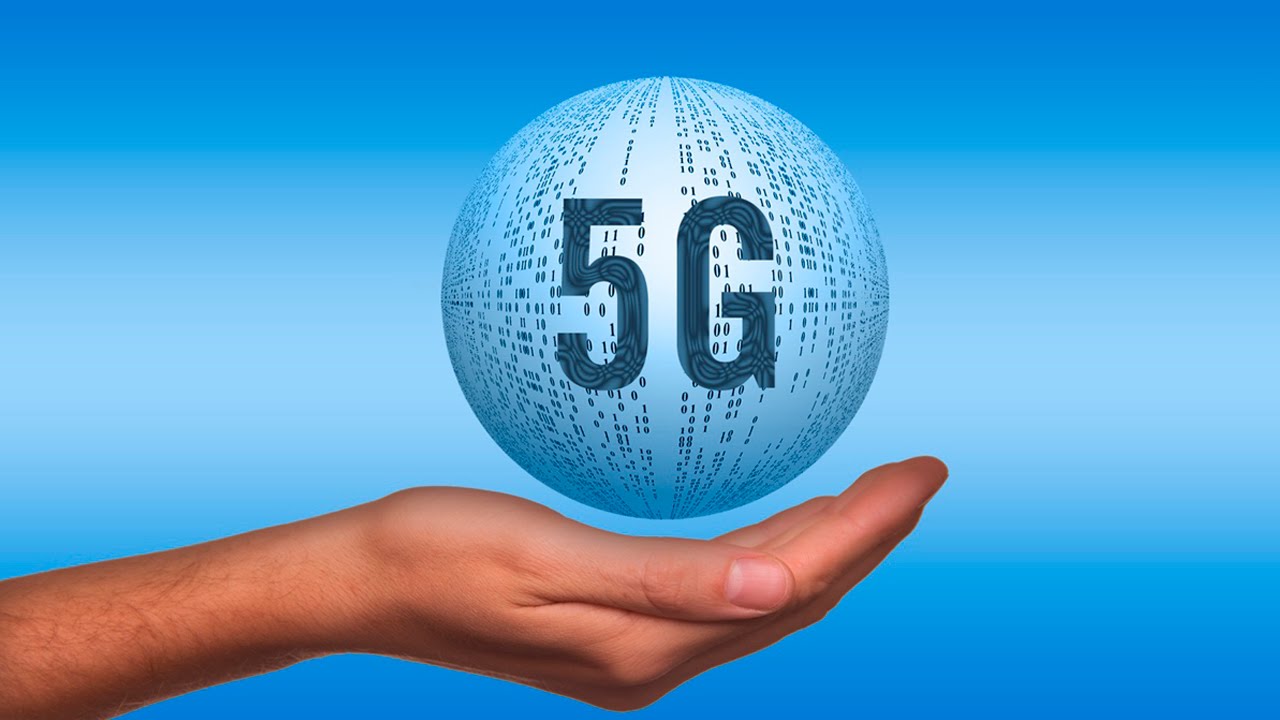The transition to 5G

Connected technologies are increasingly becoming a part of our everyday life. A very considerable portion of the world already owns a smartphone and things like wearable gadgets and Internet of Things (IoT) devices are also penetrating the market at a steady rate. At its core, the Internet is considered a basic commodity nowadays. Aside from being considered a human right by many, the UN Rights Council has also condemned the deliberate disruption of Internet access as it is considered a violation of the freedom of expression. As we move through the years, connectivity will play an even larger role in our lives and as such it needs to be as well-supported as possible.
For mobile telecommunications, the next major phase will be the transition to 5G. This year, there have been many discussions surrounding 5G about its benefits, the limitations of its standardization and adaptation, and how the new standard will place the foundations for the next stage of connectivity, particularly through IoT, wearable devices, and more. As far as new technologies are concerned, planning ahead is always the best course of action and even though current devices may not need the extremely fast speeds which are attached with the arrival of 5G, future devices most certainly will.
Monitoring the expansion and evolution of connected products is nearly impossible yet there are certain predictions that we can make about the various ways technology is going to influence our lives. With IoT devices becoming more common and less expensive, 5G will very likely pave the way for a truly connected lifestyle from smart homes to wearable items that will change and act on command. Though the implications to privacy and security should definitely be addressed before we actually move on to the next phase, there is an incredible number of applications that a super-fast network could be used for.
From health to entertainment, an ecosystem of connected devices will transform the very way we operate on a daily basis. In a single decade, most of the devices and appliances that we already use may have changed dramatically. Imagine leaving work and not remembering whether you have milk at home or not. Your fridge may then send you a notification, prompting you to the nearest supermarket and also estimating the duration it will take for you to get home so that your thermostat is properly adjusted and everything else is ready for your arrival. Though this scenario is very plausible and somewhat possible right now, we need far a far stronger network infrastructure for the performance to be satisfying.
Of course, 5G won’t arrive in a single night. Even with major companies like Samsung investing heavily into new infrastructure, the rollout will be gradual and it will possibly take a while until 5G and the technology that it can support will actually be accessible and inexpensive for the average consumer. Still, the next few years will prove instrumental and by planning ahead, both companies and consumers stand to benefit from such emerging technologies.



